Delicious possibilities,
just below our shorelines
Help create a delicious, nutritious, and sustainable food future.
A World of Aquatic Foods Resources
Open-access resources designed to empower chefs, foodservice, consumer packaged goods entrepreneurs, healthcare professionals, and other aquatic food advocates in promoting bivalves and sea vegetables.
Foodservice Professional
Excite guests and meet eater interests with a delicious variety of aquatic foods on your menu!
CPG Professional
Future-proof your portfolio of food offerings by incorporating these sustainable, globally relevant, nutritious ingredients, with consumer-tested narratives.
Nutrition & Health Professional
Inspire clients with evidence-based toolkits, nutrition guides, delicious recipes and fresh content ideas.
Why Bivalves and Sea Vegetables?
For millennia, sea vegetables and bivalves have been enjoyed as everyday foods in cultures around the world. From hearty Korean miyeokguk seaweed stew to Irish dulse bread, pickled Maori mussels in New Zealand to bowls of almejas al matico clams in Chile, these foods serve as mainstream staples in diets across the globe.
Long celebrated in traditional and Indigenous food cultures for their flavor and sustenance, today we herald these gems of the water due to their nutritional value, versatility, and sustainability. Further popularizing these foods in the United States will not only help address widespread nutritional needs and climate goals but will also open the door to new culinary innovation.
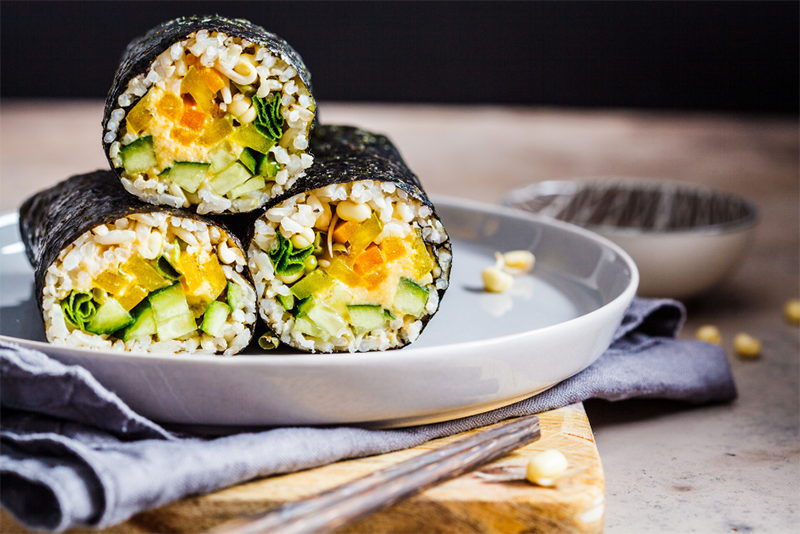
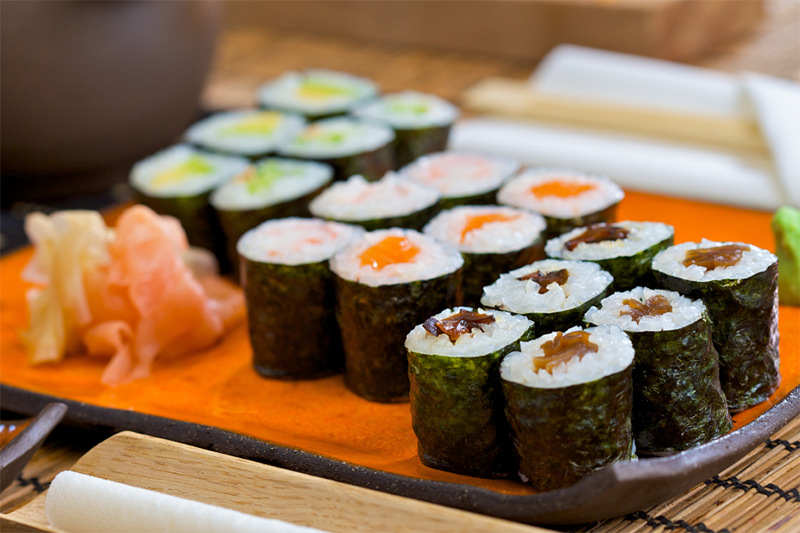


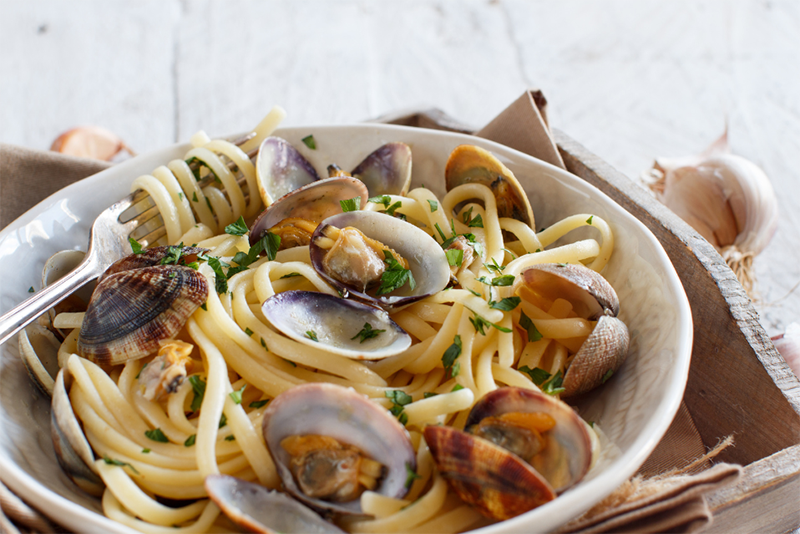
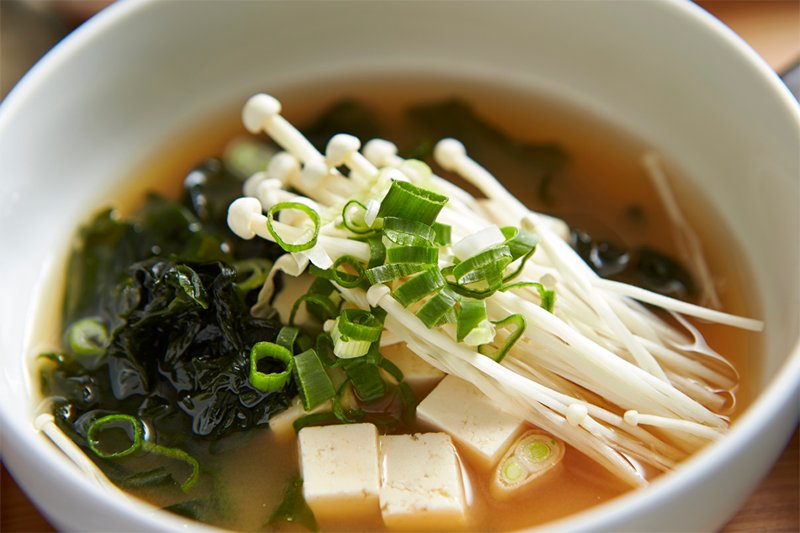
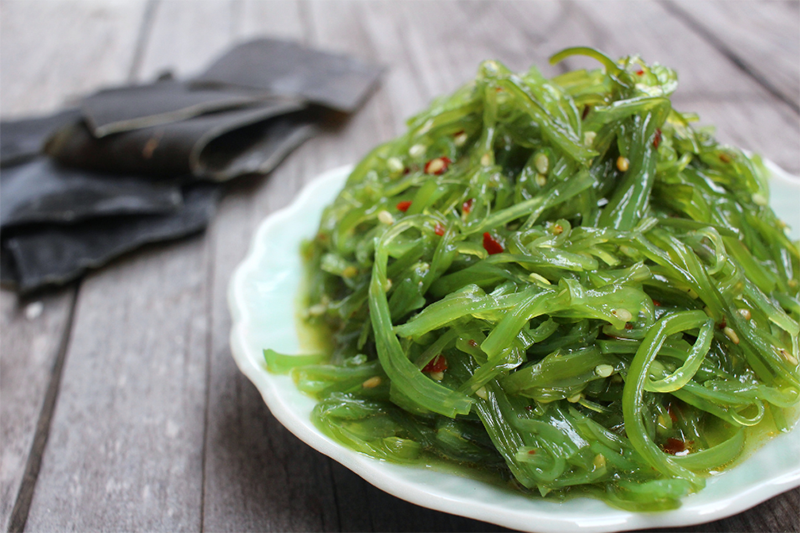
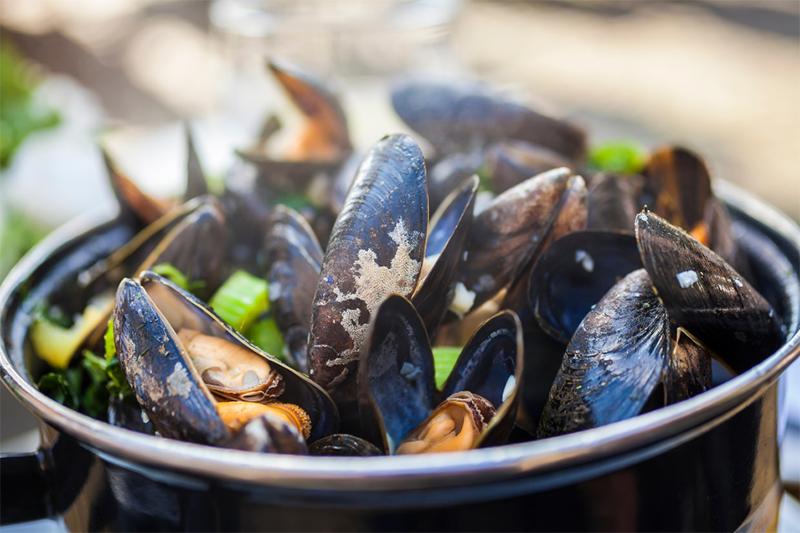
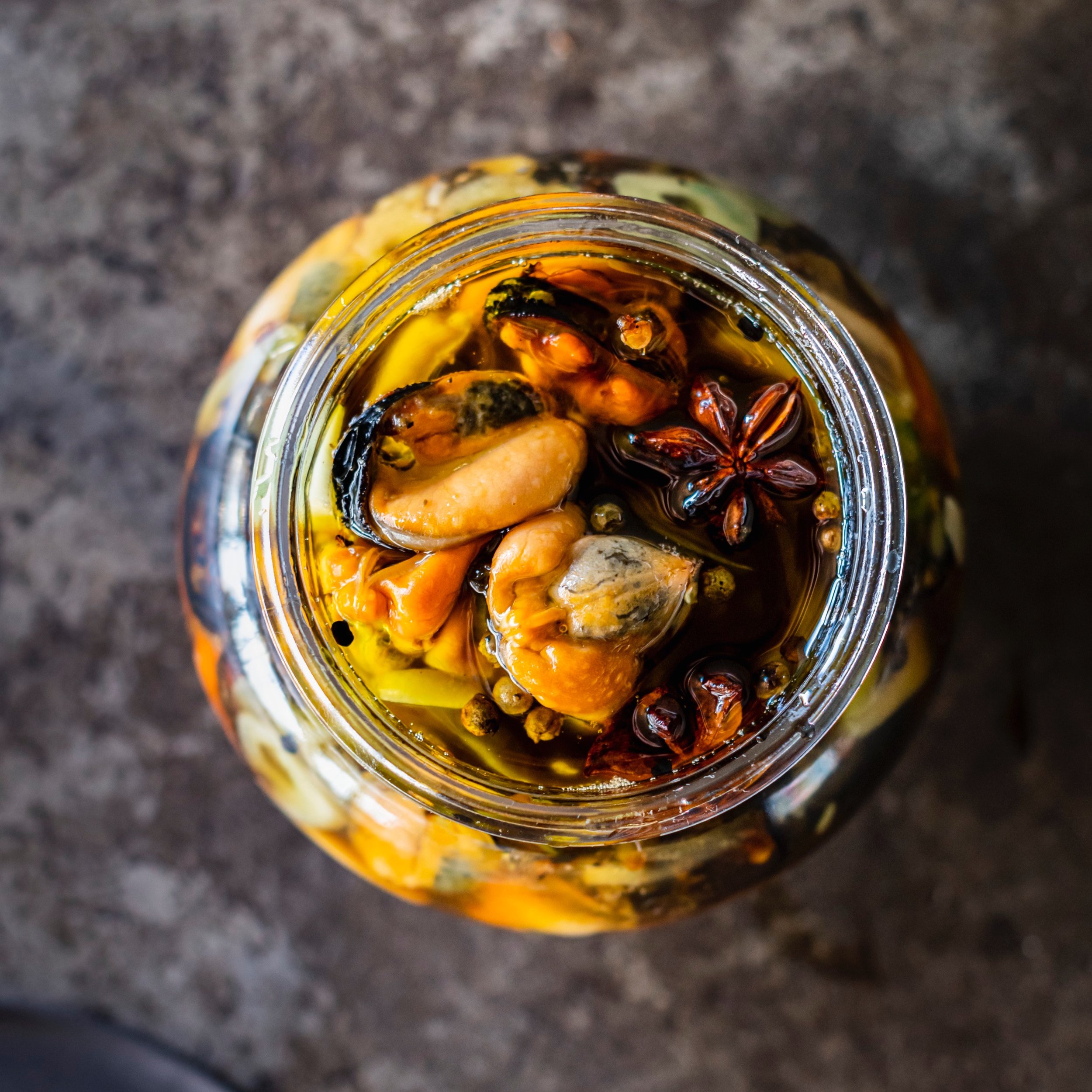
-
Sea veggies contain an impressive variety of 23 essential nutrients, including vitamin A, folate, omega-3 fats (DHA/EPA), iron, and magnesium.
-
Cooked clams, mussels, and scallops contain 15-20 grams of protein per 3 oz. serving—nearly as much as beef—and mussels and oysters contain more iron than red meat.
-
Eaters' interest in sea vegetables is poised to grow by 89% in the next 1-2 years, moving sea vegetables into mainstream acceptance.
-
Clams and mussels deliver on eaters’ desires for quick, affordable, healthy protein solutions. The market is poised to expand by over 20% in the next 1-2 years.
-
Bivalves and sea vegetables require no land to produce highly-nutritious calories. This is important because approximately half of the planet’s livable land is used for agriculture. Bivalves help mitigate ocean acidification and climate change by neutralizing excess carbon, nitrogen, and phosphorus in our waters.
-
Sea vegetables have the potential to sequester carbon, and also provide marine ecosystem support, as they contribute to biodiversity, fish habitat improvement, and ocean restoration.
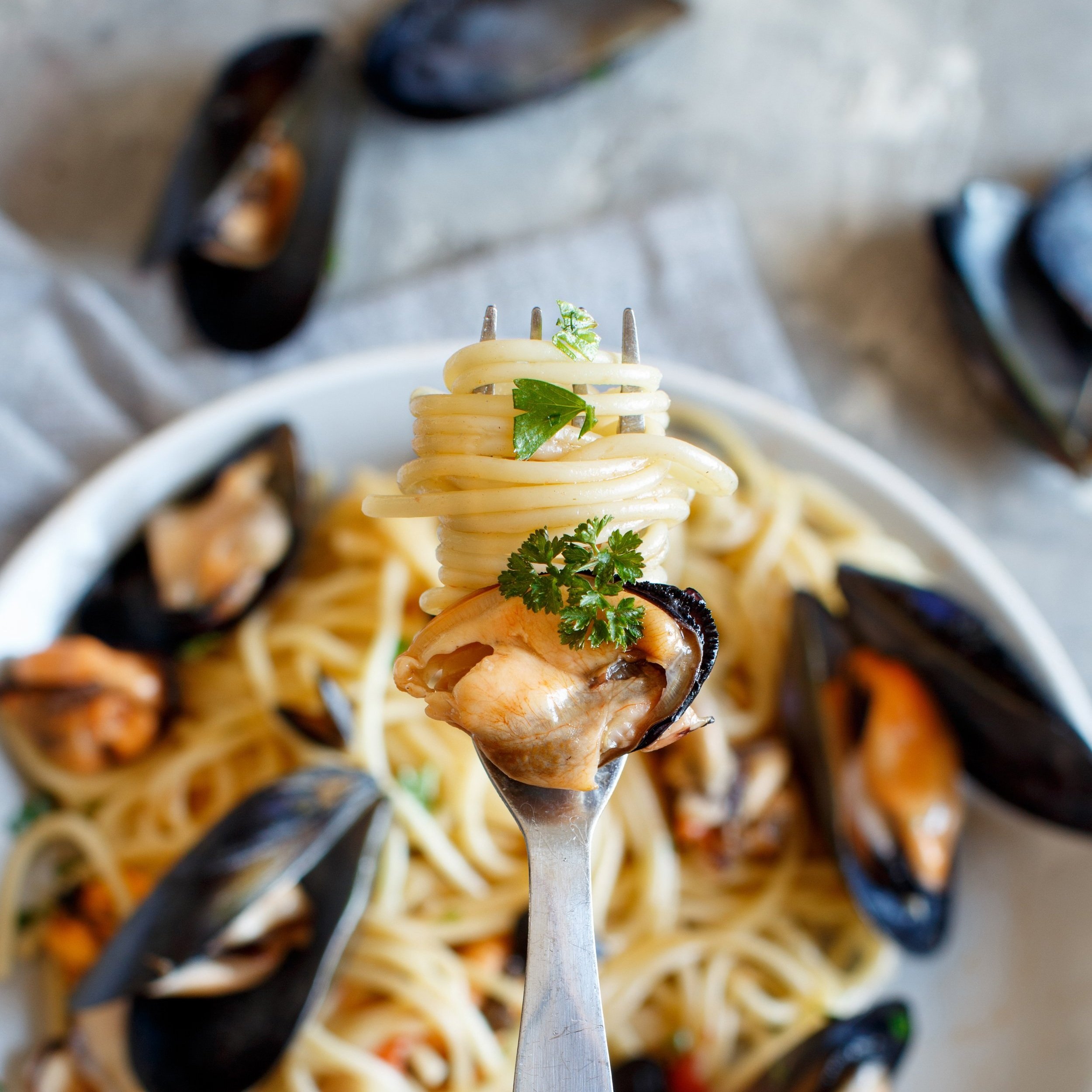
Now is the time to position bivalves and sea vegetables as essential everyday ingredients for all eaters across the United States.
Why now?
Humanity needs a sustainable food future that is equitable, nutritious, and irresistible. During the 2021 United Nations Food Systems Summit, aquatic foods were recognized as a key climate solution for their potential to help meet the 2030 Sustainable Development Goals. The landmark Blue Foods Assessment outlined the role aquatic foods have to play in the shift towards healthy, equitable, sustainable food systems.
Given the significant contribution of food and agriculture to the climate crisis as outlined in the latest IPCC reports, it is imperative that we begin to reimagine how we might better grow and source the food we eat.
These aquatic foods also connect seamlessly to today’s top food trends, be it plant-based eating, protein-rich diets, immunity-boosting foods, or climate-smart eating.

Farming and harvesting the seas while restoring local ecosystems is by no means a new practice. Indigenous communities around the world have been sustainably harvesting and farming coastal environments for thousands of years. Bivalves, fish, and seaweed have a long history of being cultivated for use in food, medicine, ceremonies, and coastal protection.

Culinary Ambassadors for Sustainable Aquatic Foods.
This program, developed with and for chefs, aims to inspire and empower culinary professionals to create and serve creative, craveable, crowd-pleasing, center-of-plate dishes featuring bivalves (namely mussels and clams) and sea vegetables.















